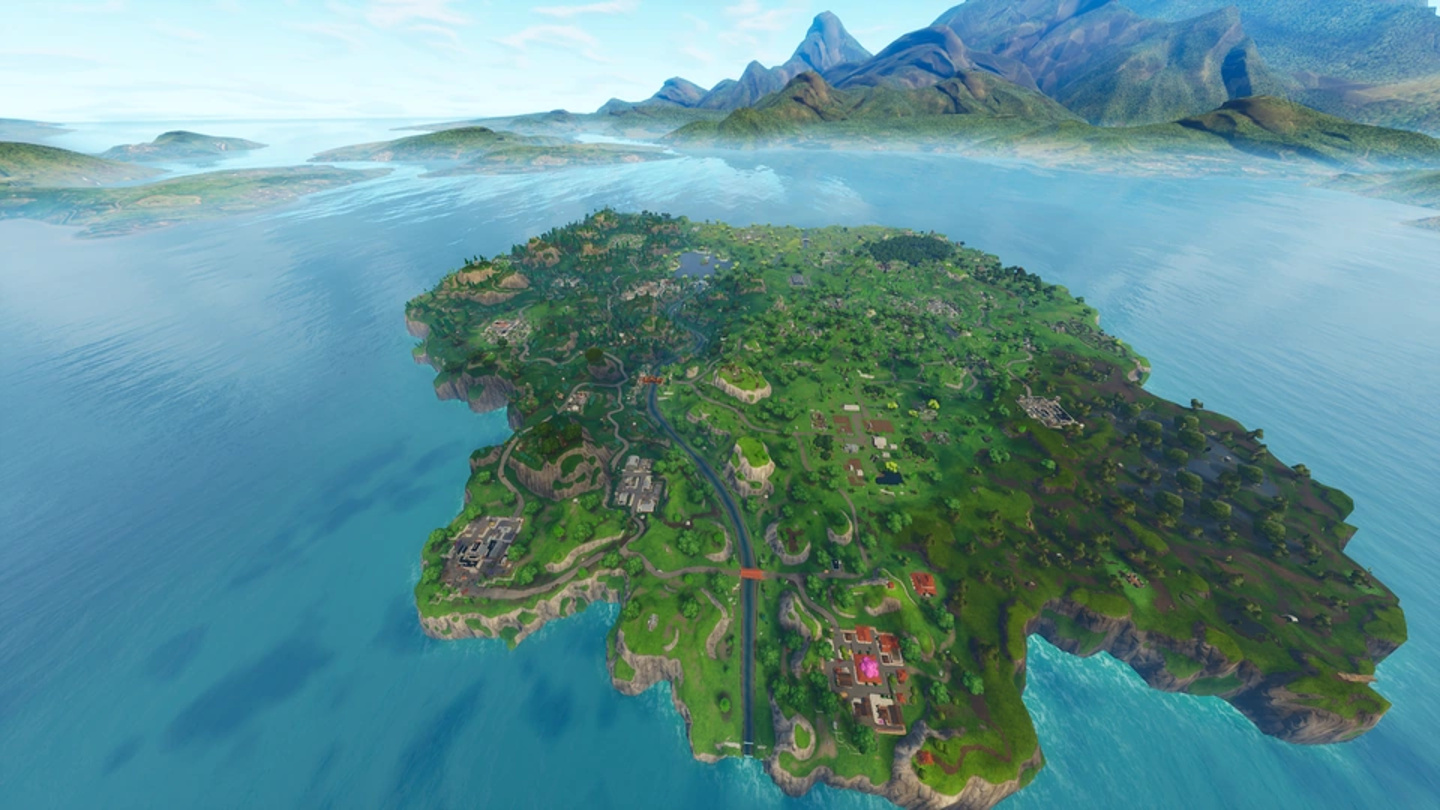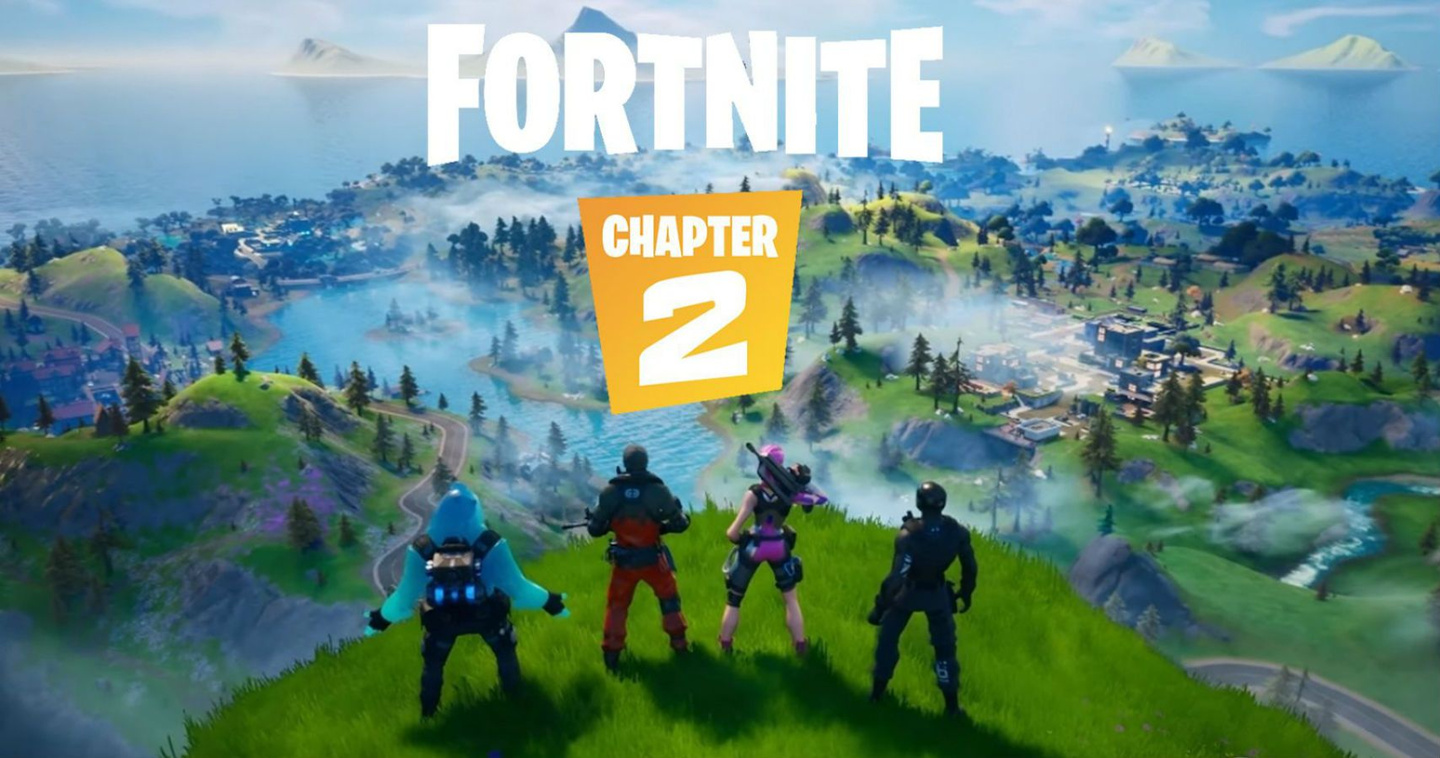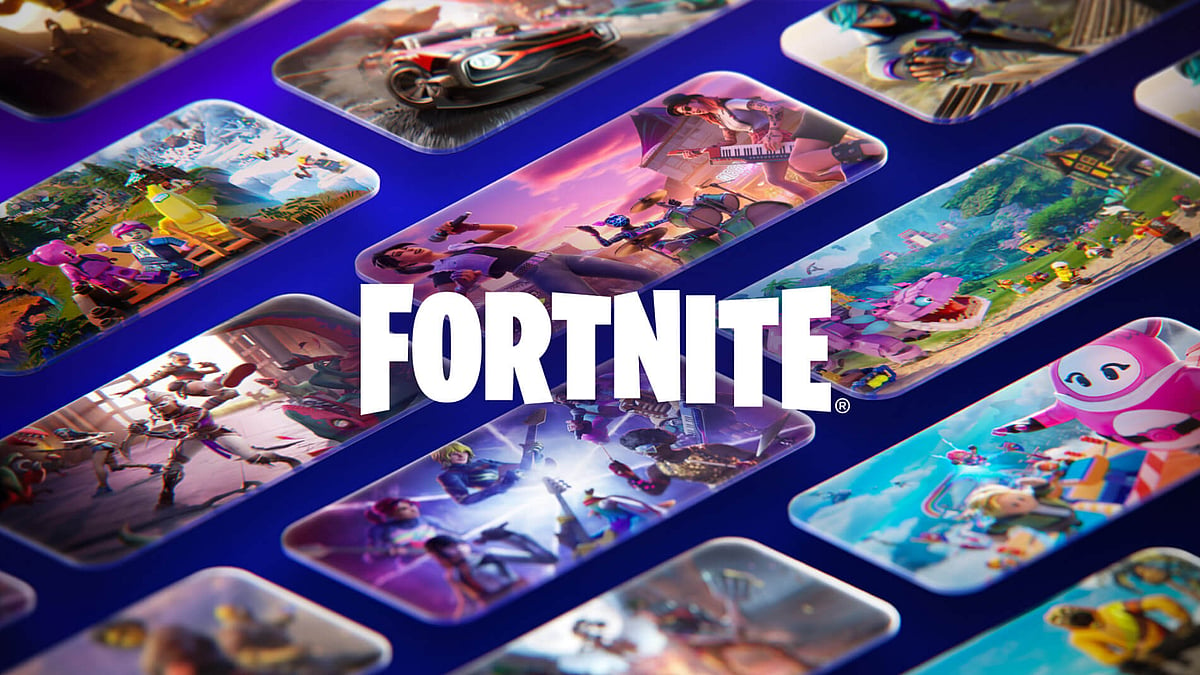- Fortnite was conceived as a co-op wave shooter
- The early access version of this wave shooter came out in July 2017
- The game pivoted to BR on the 27th of September, 2017
Introduction
It’s rare for a game to last as long and become as big as Fortnite. It’s not just a Battle Royale game anymore, it’s a cultural phenomenon. The game has collaborated with some of the most popular IPs, including but not limited to Marvel, DC, anime, TV shows, singers, rappers, athletes, and more
Fortnite has continued to entertain its fanbase since its release, with cool live events at the end of seasons, fresh content during the season, and a brand new map at the start of every chapter. Sure, the game has had its bad moments, but it still continues to thrive as one of the most popular games out there.
So, where did this all begin? When was Fortnite released, or better, what’s the origin story of Fortnite? Let’s dive in for a quick history lesson.
Fortnite Before it was a Battle Royale
As some of you know, Fortnite was never intended to be a Battle Royale. The game was originally designed to be a PvE zombie survival game with Minecraft-like elements. You built a base, fought off hordes of zombies, and upgraded your gear.
They named the game Fortnite: Save the World, and it hit early access in July 2017. Despite the developers’ efforts in making the game, it didn’t get much traction during this early access period.
During that same year, a game by the name of Player Unknown’s Battlegrounds, AKA PUBG, blew up. It singlehandedly put Battle Royale games into the mainstream, and the game amassed eye-watering player counts.
With the sudden blow-up of PUBG and the rise in popularity of Battle Royale, Epic Games decided to release Fortnite’s own Battle Royale version. And, after a couple of months, Fortnite: Battle Royale was officially released on the 27th of September 2017.
Fortnite: Save the World was used as a foundation to make the Battle Royale mode. Everything from the art style, the building system, weapons, to even the map was either copied or reworked from the original game to Battle Royale.
The Early Period
Fortnite (the BR version, that is) became very popular very quickly after its release in 2017. One of the biggest reasons for its popularity was that it was free-to-play. During that time, almost all competitive games were paid. Overwatch, Rocket League, and even Counter-Strike were all pay-to-play, for example.
This made Fortnite easily accessible to everyone. Not to mention, the cartoonish and simplistic art style made the game very easy to run. This gave it a notable boost over PUBG, which was (and still is) a very heavy game to run properly.
But that’s not all that made Fortnite popular; the ingenious building system also had something to do with it. A feature that was initially though of as just a small and gimmicky feature that was ported from the base building aspect of Save the World quickly became Fortnite’s identity. The ability to build your own cover during fights was interesting to a lot of players. And, because the building system was open-ended, it allowed players to experiment with crazy ideas.
Soon, clips started to blow up on all social media platforms. From cool skybases and towers to building mechanics, players took this building system and transformed it into what it is today. Of course, streamers had a huge hand in bridging Fortnite to the mainstream. Big names like Ninja, Myth, Tfue, and others helped Fortnite blow up even more.

Carving The Path to Global Success
After the initial release, the developers didn’t stop. They kept adding new content every few weeks, from cool guns to fun LTMs (limited time gamemodes), which kept the player base entertained. It’s this continuous support that helped the game stay fresh and on the minds of streamers and players.
However, there are some notable moments in history that grew Fortnite even more.
The first was the big collaboration with Marvel, bringing the Thanos LTM. Collabs like this were very rare. And for a game to collaborate with one of the biggest studios at the time was even rarer. However, the collab was a success, and Thanos LTM is still considered one of the best LTMs to be added to Fortnite.
This collab opened up the doors for Fortnite, and we would later see even more franchises collaborate with the game. From Star Wars, Nickelodeon, DC, to popular anime like Dragon Ball Z, Attack on Titan, and even shows like Rick and Morty; all are now part of the game.
This wasn’t the only highlight of Fortnite’s fourth season, as a month later, on June 30, 2018, Fortnite would host its first-ever live event. This was the first time a game had done something like this.
Players from all over the world could log in to witness a rocket launch as a live event in the game itself. Soon, live events became a part of Fortnite, and every season would end with an epic live event. Later on, these live events also became part of collaborations. We would have live concerts by artists like Travis Scott, Ariana Grande, Snoop Dogg, Ice Spice, and Eminem, to name just a few.

The World Cup and the End of Chapter 1
Even during its early years, Fortnite was trying to break into the esports space. There were weekly cups, Twitch events, and tournaments. It was all pretty standard stuff, and it wasn’t insanely popular. Epic Games then decided to announce the Fortnite World Cup, which was one of the biggest esports events to ever happen, with a $30 million prize pool.
The World Cup was as legendary as it sounds. Millions of fans tuned in to see the best players fight for the cup. And with this event, Fortnite cemented itself in the esports space.
With the World Cup ending, the game needed something new to keep the hype levels up. So, as usual, there was a live event at the end of Season X. Most players thought it would be the same; a cool event that launches you into the new season. However, the event was nothing like that. The event showcased the destruction of the entire map, and all that was left on the screen was a black hole.
For two whole days, when you’d launch Fortnite, all you would see was a black hole. The community went nuts, with people putting together theories, ‘leaks’ surfacing on the internet, and so on. In short: nobody knew what was coming.
After the silence, Fortnite released a trailer that showcased a new map, new UI, overhauled movement, and much more. It was as if the game had completely changed. And this became the standard. After a few seasons, Fortnite would release a new chapter, bringing over a new map and making big changes to the map, shaping Fortnite into what it is today.
It’s this continual push by the devs to keep the game fresh and culturally relevant that has caused it to remain so incredibly popular.

Conclusion
So, there you have it: the origins of Fortnite. The rest, as they say, is history. Since the early days, the game has continued to evolve, and every chapter brings something new to the table. From new maps, mechanics, to new collaborations, Fortnite continues to surprise its fanbase with interesting and exciting updates. It might not be as insanely popular as it once was, but it’s hard to see this game leaving the limelight any time soon.
News
Berita
News Flash
Blog
Technology
Sports
Sport
Football
Tips
Finance
Berita Terkini
Berita Terbaru
Berita Kekinian
News
Berita Terkini
Olahraga
Pasang Internet Myrepublic
Jasa Import China
Jasa Import Door to Door
Download Film ether to play video games, whether on PCs, consoles, or arcade machines. These centers can offer a range of services, from casual gaming sessions to competitive tournaments.
